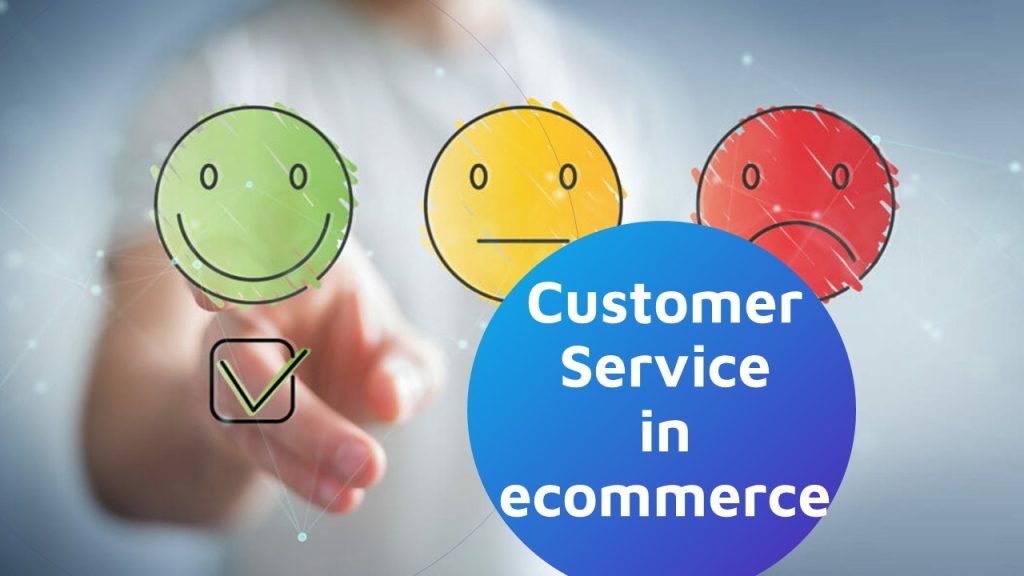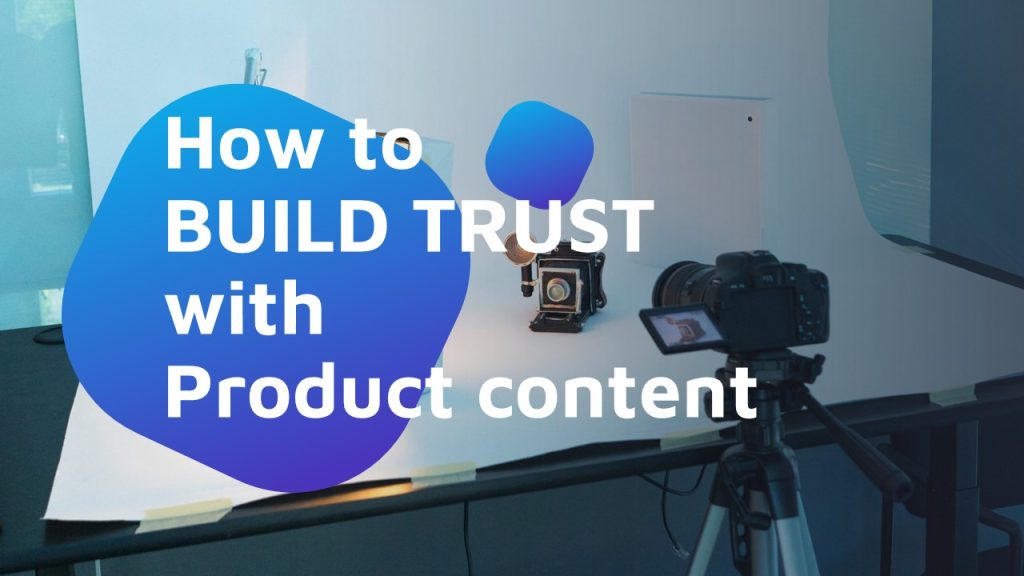Knowing the image size for Social Media platforms can make a huge difference in your brand’s positioning and your target audience’s engagement and interaction.
When it comes to promoting products in social media, content is just as important as a strong and branded corporate image. In fact, a brand may go totally unnoticed if its content is not appealing enough. And that goes for Amazon main product images as well as for product videos.
On our content audits, we often discuss the Social Media platforms where businesses plan to promote their products. Not only because there are specific platforms for specific audiences, but also because every platform has a very specific formats and requirements, which are often ignored.
At Content2Sell we know how important content quality is for sales, and in this post, we’ll list the image size for Social Media platforms. Because everybody should get clear information on how to optimize their digital presence.
Why is image size so important?
Images in e-commerce visually define who brands are, and what they wish to transmit to their followers. Therefore, choosing them carefully becomes a crucial aspect of their identity.
A very common error is using the same images on different social media platforms, which then appear pixelated, or show unreadably small text on them.
In the same way you wouldn’t try to sell flower shirts on LinkedIn (a professional networking platform), you should know that Facebook and Twitter always compress images, which makes it better to use the PNG format. To help you with this task, we have made an updated list with the recommended image sizes for Social Media platforms. At least, for the most used ones.
The size of the images you publish on Facebook are the least optimized. They depend mostly on the post format (if it’s a post with a link or it has an image). However, this is not the case for cover and profile pictures.
| Facebook profile picture | 180 x 180 |
| Facebook cover picture | 820 x 312 | Mobile: 640 x 360 |
| Video Post | 1280 x 720 |
| Story | 1080 x 1920 |
| Event image | 1920 x 1080 |
| Facebook Link | 1200 x 628 |
| Image post (Square) | 1200 x 1200 |
| Image post (Landscape) | 1200 x 636 |
A tweet with an image is 3 times more likely to be retweeted. Therefore, giving visual support to your content will give it greater visibility. We know for a fact that the best-performing images on Twitter are those of 1024 x 512px.
| Twitter profile picture | 400 x 400 |
| Header image | 1500 x 500 |
| Video Post (Square) | 1200 x 1200 |
| Video Post (Landscape) | 1920 x 1200 |
| Video Post (Vertical) | 1200 x 1920 |
| Post Image | 1200 x 628 |
| Card image | 800 x 418 |
As we mentioned earlier, LinkedIn is a professional networking Social Media platform. Hence, it doesn’t give visual content the same importance as, let’s say, Instagram. Plus, it doesn’t provide many customization options. That, however, doesn’t mean it’s not important.
After all, would you hire a person or a company who doesn’t care for their social presentation?
Each piece of content on a company page has a recommended size.
Personal profile pages:
| Profile picture | 400 x 400 |
| Header | 1584 x 396 |
Company pages:
| Logo | 300 x 300 |
| Header | 1128 x 191 |
| Sponsored content images | 1200 x 628 |
Video:
| Video Post | 4096 x 2304 (maximum size) |
| Square image | 1200 x 1200 |
We all know how simple Instagram is when it comes to publishing. This may be due to its success among younger generations, which has spread to many other age segments to point of overtaking Facebook as the most used social media platform.
What many people ignore is that, although images are displayed at a size of 600 x 600 px, the recommendation is to upload 1080 x 1080 px images for a higher engagement and better results.
| Profile picture | 180 x 180 |
| Square image | 1080 x 1080 |
| Landscape image | 1080 x 566 |
| Portrait image | 1080 x 1350 |
| Story | 1080 x 1920 |
| Square video | 1080 x 1080 |
| Horizontal video | 1080 x 608 |
| Vertical video | 1080 x 1350 |
| Reels (and IGTV) | 1080 × 1920 |
Horizontal images should be uploaded at 1080 x 566 px, although Instagram will display them at 600 x 400 px.
And vertical ones should be 1080 x 1350 px, although they will be displayed at 600 x 749 px.
Youtube
| Profile image | 800 x 800 |
| Header image | 2560 x 1440 |
| Video | 1920 x 1080 |
| Video thumbnail | 1280 x 720 |
Youtube allows customizing your cover image. This is why it’s best to use a fairly large size (2560×1440 px). It won’t get pixelated if your channel is viewed on large screens, like for example, a Smart TV.
TikTok
TikTok is probably the social media platform that gives more importance to visual content. It’s fully designed for mobile devices, which makes it the most up-to-date one so far. If you plan to start using TikTok, a good thing to remember is to record with your cell phone in a vertical position, to take advantage of its options on a large part of the phone screen.
Now, if you’re new to TikTok, or have not considered it yet to launch, promote, or sell your products, take a look at our two previous posts.
TikTok has rapidly revolutionized the way in which people consume online content. Not only has it made short videos skyrocket, but has confirmed the rise of Social Commerce. Growth whose effects are yet to be seen.
| Profile picture | 200 x 200 |
| Videos | 1080 x 1920 |
| In-feed ad image | 1200 x 628 |
| In-feed ad video (Vertical) | 720 x 1280 |
| In-feed ad video (Square) | 640 x 640 |
| In-feed ad video (Landscape) | 1280 x 720 |
Despite it is not very popular for e-commerce purposes, Pinterest is great to share valuable information, like infographics and thus drive traffic to your website.
But in a platform as visual as this one, your images are very important. You should then think about everything as a whole: from the profile picture to your thumbnails and the size of your pins.
JPEG and PNG are the preferred image formats, and MP4, MOV, or M4V for videos.
Make sure your profile picture is well centered, as it will be cropped into a circle.
| Profile picture | 165 x 165 |
| Pin image | 1000 x 1500 |
| Header image | Min. 340 × 340 | Max. 1000 × 1000 |
| Board header | 222 x 150 |
Conclusion
As you can see, there are many different Social Media platforms, and choosing the right one(s) is a vital aspect for any e-shop to reach its target audience. But that’s not all.
Because ignoring the image size for social media platforms can make that visibility fade away amidst so many competitors. You could be launching a crowdfunding campaign or selling your product on Amazon straight away, and without high-quality content, the results won’t be the expected.
To find out for sure what the best social media platform for your brand is, or to get high-end content that boosts your engagement and your sales, counting on product experts and e-commerce specialists can really make you stand out from your competition. Contact us and GET A FREE CONTENT AUDIT today.



